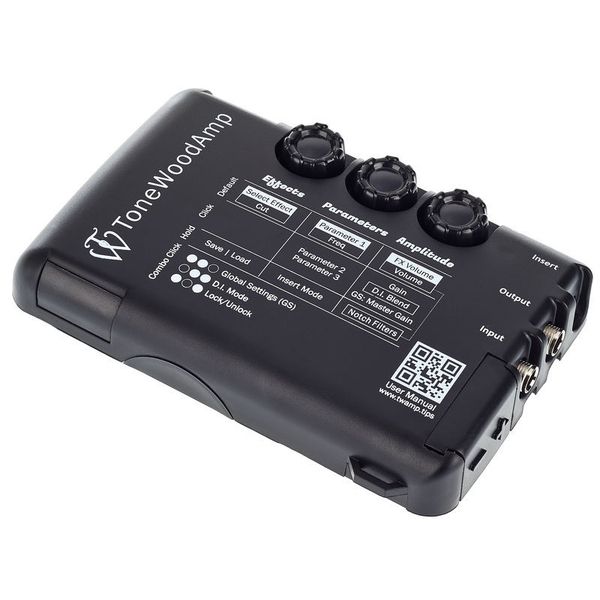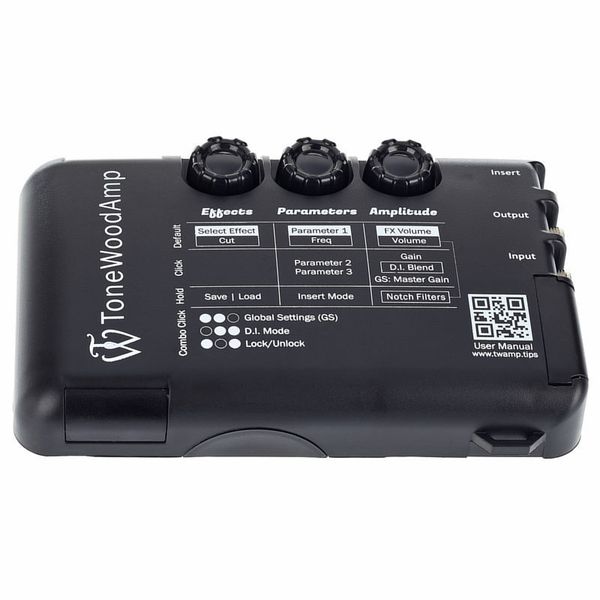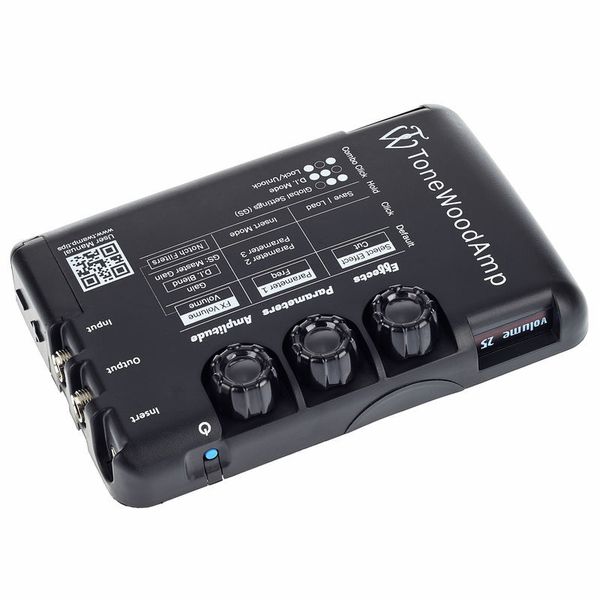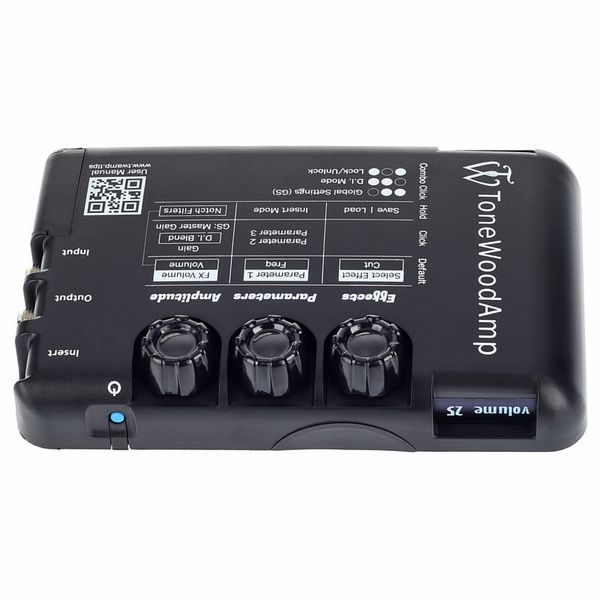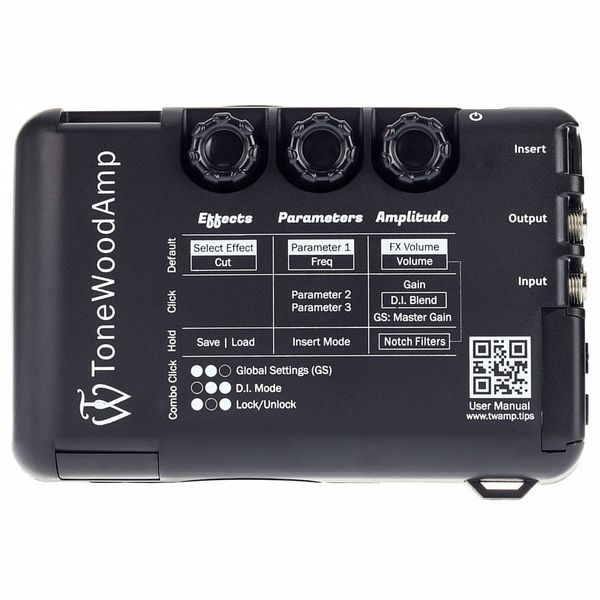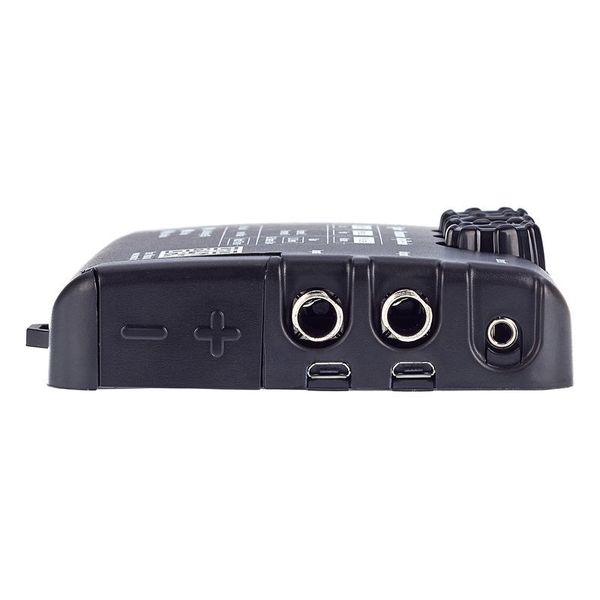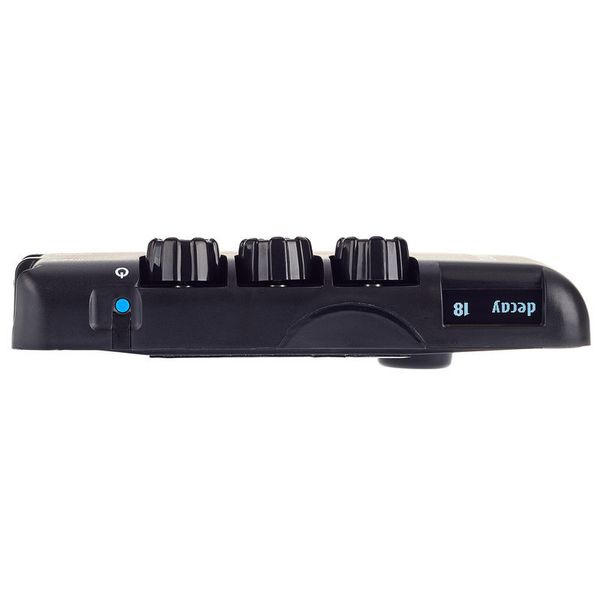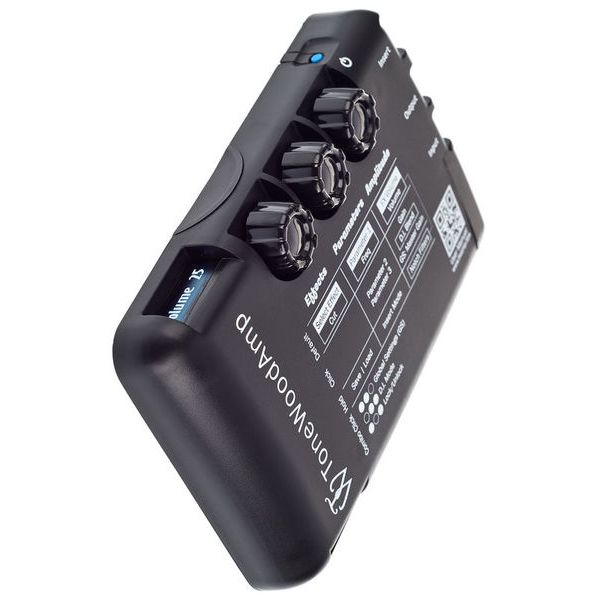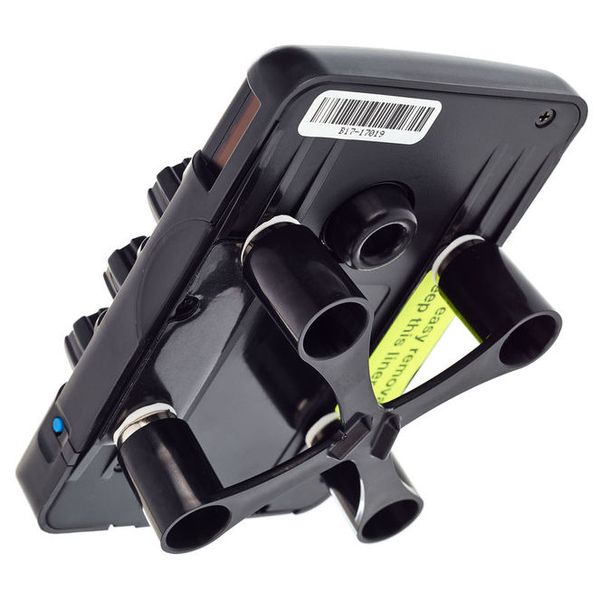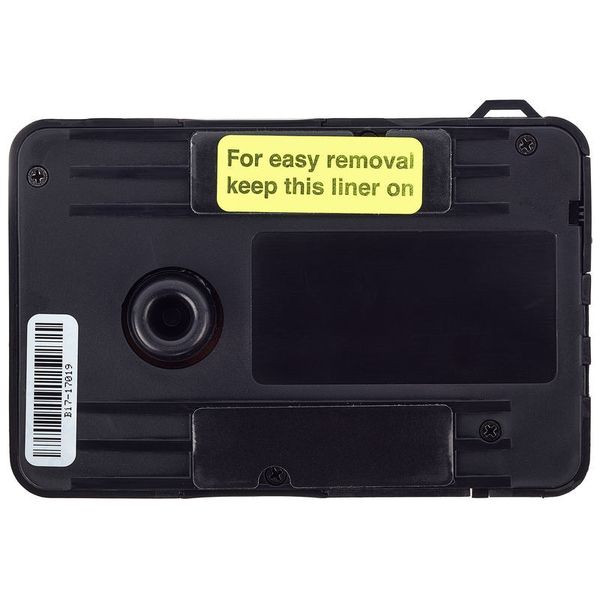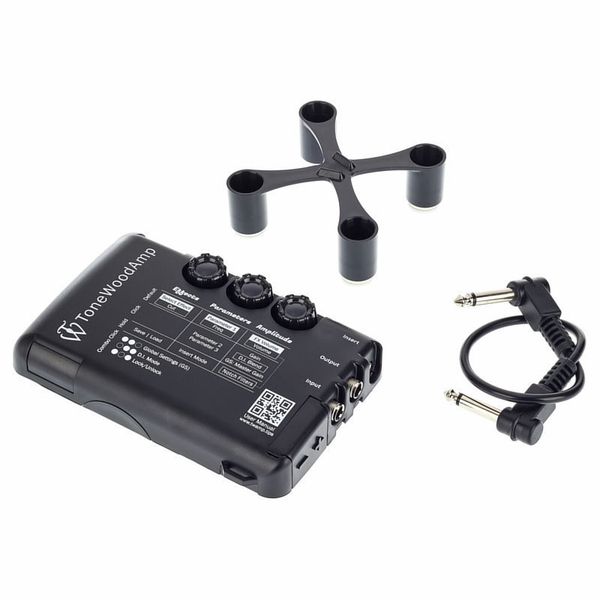This incredible product has expanded my musical horizon.
I first saw a demo of this product on the Andertons Youtube channel in the Interview with Mike Dawes, an incredible fingerstyle player from the UK. This is not an amplifier in the usual sense, it will not make your acoustic guitar sound louder. It will add effects like delay, reverb and modulation to your acoustic guitar. It does so by vibrating the back of the guitar and the result comes out of the sound hole.
You will need a nylon or steel string acoustic guitar with some sort of element built in. The back of the guitar has to be flat. The signal goes in to the Tonewood Amp which attaches magnetically to the back of the guitar. In order to do this you will have to install a magnetic X-brace to the inside of your guitar.
The online manual will help you there and having some scotch tape ready beforehand is a good idea (the kind that does not leave residue on your guitar).
When properly installed you can explore 8 different effects anywhere you feel like, Three reverbs, Hall, Room, Plate, then Delay, Tremelo, Lesly, Autowah and Distortion. The latter works best with a soundhole pick up and sounds awful with a Piezo. Fortunately you can upgrade the firmware via micro usb from a PC or Mac and change the distortion effect to Chorus. Great improvement.
Also there is an IO cable available to send MIDI generated music from your IOS device to the Tonewood amp for extra effects or backing tracks. I have an Android phone so I did not try this. It is not supported because there is no MIDI in Android yet.
The Tonewood amp comes with one X-brace. You can order more separately but they are a bit expensive which is a downside. Also a big downside of the series I got is that it will not take common rechargeable batteries. These usually have a slightly larger diameter than regular batteries and get stuck in the housing or can damage the PCB inside. Tonewood has promised to widen the cavity in the next series but for now recommend using special brands of rechargeables or taping them together or even worse loosening the screws on the housing to release stuck batteries.
As to build quality it feels solid and the knobs have a nice feel to it when turning or pushing. The different menu-knob combinations can be a bit difficult to get at first but that is what the manual is for.
Connecting a USB cable is a bit glitchy, the connector has to have a long tip. Also do not move the amp or cable around when updating.
I have played my guitar and tonewood amp at home, outside and in bars. To much amazement and delight to the audience and of course myself. Also I have used it as a Direct In (DI) to a mixer which is a nice feature. A downside there can be the power save mode you will need to disable up front. Also it does not work on external power as far as I have found but it will work for 8 hrs with fresh AA batteries.
Every guitar and pickup is different so you can store guitar profiles with their relative gain and volume settings and every effect has ten memory slots available. Also you can filter out feedback frequencies if necessary.
Seriously, to have reverb or delay coming from your guitar is awesome. Having Autowah (frequency filtering) available when you do a Stevie Wonder or Jimmy makes everyone goes whoo. You will get it once you play with it. And you will never want to play without it.
Yeah it is exactly like a Yamaha Transacoustic but you can put it on more than one guitar. I have installed X-braces to a Yamaha AX 6 and a Yamaha AX4, A Thomann Classical Fusion 8 and a Fender DG8-S (both with a Fishman Presys built in) Have fun!



